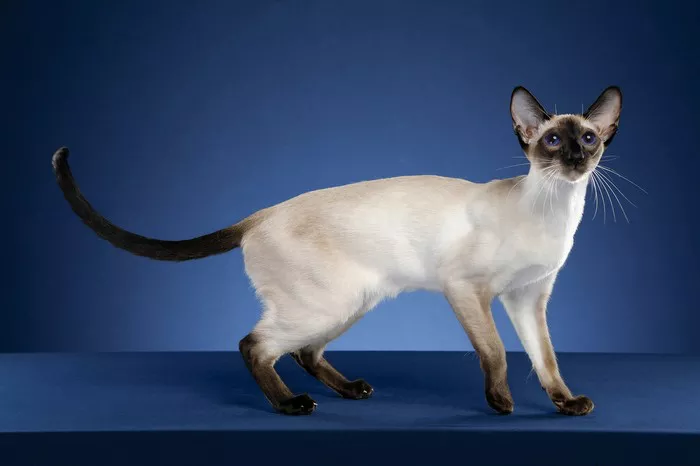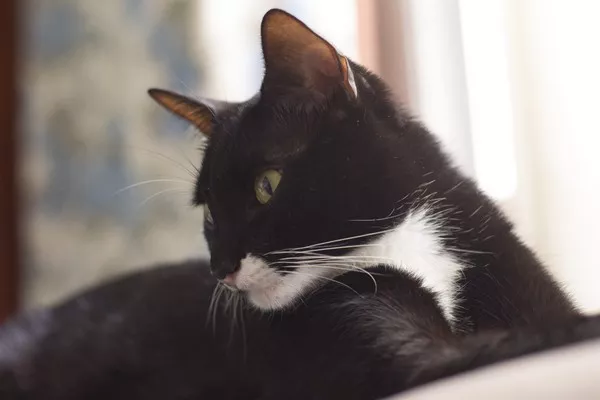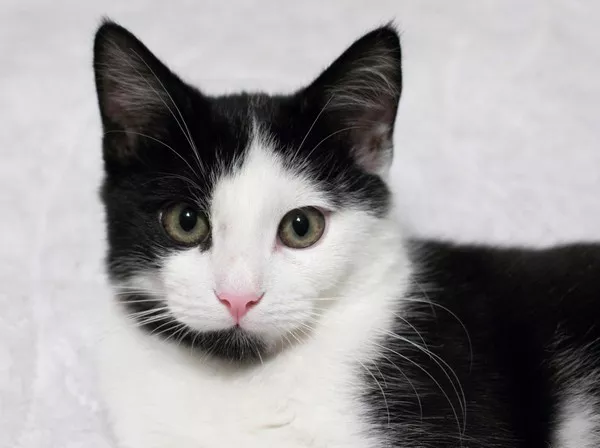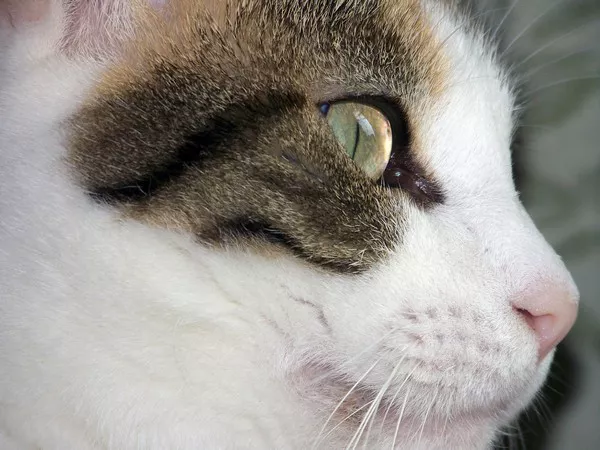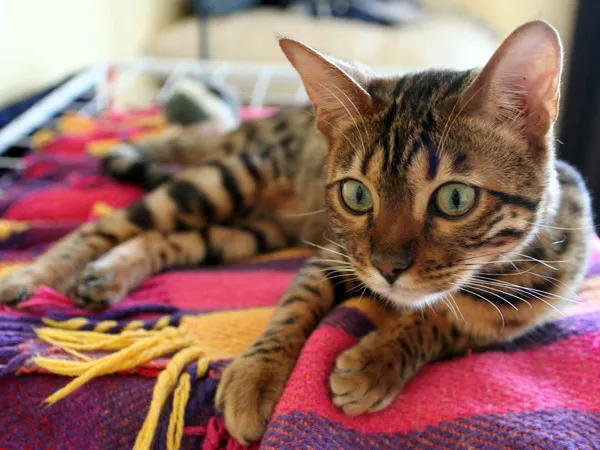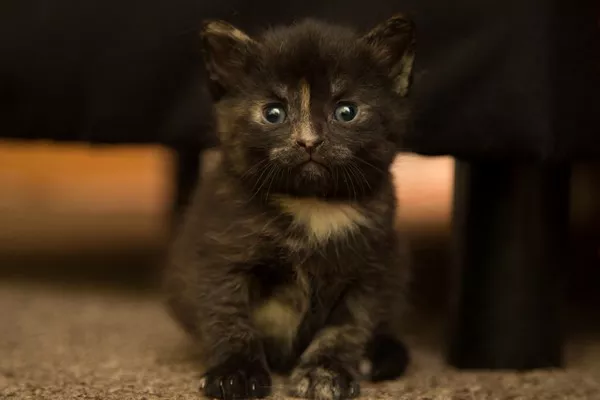Recent research indicates that high levels of air pollution are significantly contributing to an increase in veterinary visits for both cats and dogs. A study conducted by the Grantham Research Institute at the London School of Economics analyzed five years of data encompassing over seven million visits to veterinary practices across the UK.
The researchers examined the correlation between these visits and hourly air quality readings from UK Air, estimating how fluctuations in fine particulate matter exposure impacted pet healthcare. Their findings revealed that for every one microgram per cubic meter increase in average air pollution over a week, there is a corresponding 0.7% rise in veterinary admissions for both cats and dogs. This effect is comparable to previous studies linking air pollution to human hospitalizations.
Moreover, the study projected that reducing pollution levels to align with World Health Organization recommendations could lead to approximately 80,000 fewer vet visits annually. This reduction would result in an estimated £15 million in savings in pet care costs, with overall economic benefits likely to be “considerably higher.”
Dr. Stephen Jarvis, an assistant professor in environmental economics at the London School of Economics, emphasized the importance of addressing air pollution not only for public health but also for the wellbeing of pets. “Improving the air we breathe could lead to substantial savings in vet bills and alleviate unnecessary stress for pet owners. The economic and emotional benefits are significant, highlighting that tackling air pollution benefits both people and pets.”
This study represents the first large-scale empirical analysis of the health impacts of air pollution on pets. While previous research indicated that air pollution was responsible for one in six human deaths in 2019, its effects on animal health have been under-explored. The researchers noted this gap is concerning, given the value pet owners place on their animals’ wellbeing.
Data for the study was sourced from the Small Animal Veterinary Surveillance Network (Savsnet), managed by the University of Liverpool, covering the period from January 2017 to September 2022. The analysis included approximately 3.8 million unique cats and dogs, documenting 1.9 million visits for cats and five million for dogs.
In response to these findings, a spokesperson from the Department for Environment, Food and Rural Affairs (Defra) stated, “The Government is committed to cleaning up our air and protecting the public and pets from the harm of pollution. We are developing a comprehensive and ambitious Clean Air Strategy to deliver legally binding targets on improving air quality.”
Related Topics
Are Burmilla Cats Good With Dogs?
Hoffman Estates Police Search for Endangered Caracal on the Loose





